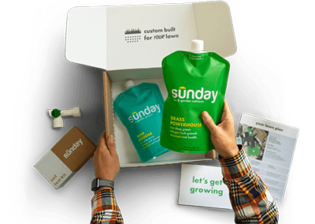If you’re looking to grow a lush lawn in Kentucky, choosing the right grass seed is crucial. While Tall fescue is a great option, there are other grass varieties that may be better suited to your specific needs.
Kentucky’s climate presents some unique challenges for lawn care enthusiasts, including hot summers, cold winters, and frequent droughts. But with the right grass seed, you can have a healthy and vibrant lawn year-round.
In this article, we’ll explore the best grass seed options for Kentucky and provide you with all the information you need to make an informed decision.
Tall Fescue
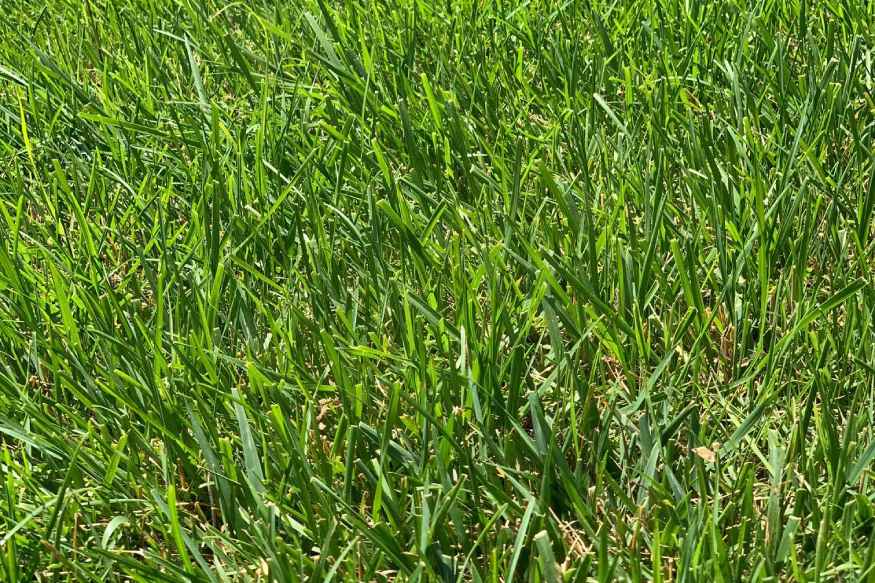
| Also Known As | Lolium arundinaceum (formerly Festuca arundinacea) |
| Type of Grass | Cool season perennial |
| Optimal Zones | Northern through transition zones |
| Root Structure | Deep |
| Winter hardiness | Excellent |
| Shade tolerance | High |
| Water Requirements | Medium to High |
| Drought Tolerance | Excellent |
| Self Repair Capacity | Limited |
| Overall Maintenance Requirements | Low |
Why Tall Fescue In The Most Popular Choice For KY
Tall fescue is a popular choice for Kentucky lawns, with its durable and persistent nature making it ideal for high-traffic areas like parks, playgrounds, and athletic fields.
For homeowners looking to plant tall fescue, it’s important to select improved turf-type cultivars like:
- Regenerate
- Grade 3
- Hemi
- Bizem
- Fesnova
- Catalyst
- Bullseye
- Falcon IV
- Falcon V
- Terrano
- Firebird 2
These cultivars offer finer textures, darker greens, and denser growth, making them perfect for creating a more formal lawn. On the other hand, ‘KY-31’ is better suited for low-maintenance utility turf areas or pastures due to its coarse texture and light-green color.
It’s important to note that tall fescue is not compatible with other fine-textured turfgrass species like Kentucky bluegrass or fine fescues, as it can form coarse-textured clumps in an otherwise uniform stand.
One major advantage of tall fescue is its adaptability to a wide range of soil types, including heavy clay or sandy soils. It is also highly competitive with weeds, requires little irrigation except during droughts, and does not accumulate thatch. However, homeowners should be aware that tall fescue may require more frequent mowing than Kentucky bluegrass to maintain its best appearance and can be susceptible to brown patch disease during hot, wet summers.
Overall, tall fescue is an excellent choice for homeowners in Kentucky looking for a durable and adaptable grass for their lawn. Improved cultivars offer finer textures and denser growth, making them perfect for creating a formal, high-end lawn. With proper care and maintenance, tall fescue can provide a beautiful and long-lasting lawn for years to come.
Looking for the best grass seed for your region?
Our smart lawn plans are designed to work perfectly with your local soil and climate conditions, without any of the toxic stuff.
Use the code EHG20 for an instant $20 discount!
- Personalized lawn care: Custom lawn plans based on soil analysis, climate data, and your specific lawn needs.
- Convenience with a conscience: Products that are not only easy to use but also safe for you, your pets, and the planet.
- Science-backed formulas: Bio-based formulas contain effective, natural ingredients like seaweed, molasses, and iron.
- Expert support: Get one-on-one guidance from a real person and rest easy with Sunday's satisfaction guarantee.
Kentucky Bluegrass
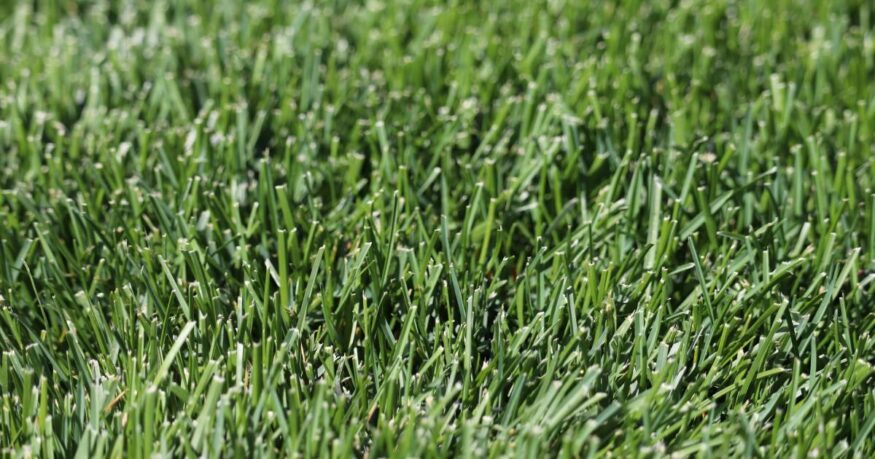
| Also Known As | Poa pratensis L. |
| Type of Grass | Cool season perennial |
| Optimal Zones | Northern cool season zone, transition zones |
| Root Structure | Shallow |
| Winter hardiness | Excellent |
| Shade tolerance | Poor to Good |
| Water Requirements | High |
| Drought Tolerance | Poor |
| Self Repair Capacity | Excellent |
| Overall Maintenance Requirements | High |
What Makes Kentucky Bluegrass A Great Grass For Kentucky
Kentucky bluegrass is a popular choice for many Kentucky lawns due to its persistence and attractive appearance. This grass has a medium to fine leaf texture and produces extensive underground stems called rhizomes, which help it form good sod and recover quickly from damage. Kentucky bluegrass is cold tolerant, wear tolerant, and moderately heat and drought tolerant, but it is not well-suited for Western Kentucky. It grows best in well-drained, fertile soils in full sunlight.
There are many Kentucky bluegrass cultivars to choose from, including older common types and improved types like Keeneland, Blue Note, Skye, and Legend. While common varieties can persist if maintained at high mowing heights and minimal traffic, improved cultivars offer better summer quality, heat and drought tolerance, and disease resistance.
While Kentucky bluegrass offers a dense, fine-textured lawn that’s perfect for athletic fields, children, and dogs, it requires regular watering during extended heat periods. It is also not well-adapted to medium or heavy shade and is susceptible to white grubs and turf diseases like dollar spot and summer patch. To avoid thatch buildup, it’s important to limit nitrogen fertilization.
Despite its name, Kentucky bluegrass seed is not native to Kentucky or North America, but it is a beautiful and lasting choice for any lawn. If you’re looking for a lawn that’s both attractive and durable, Kentucky bluegrass is an excellent option to consider.
Fine Fescue
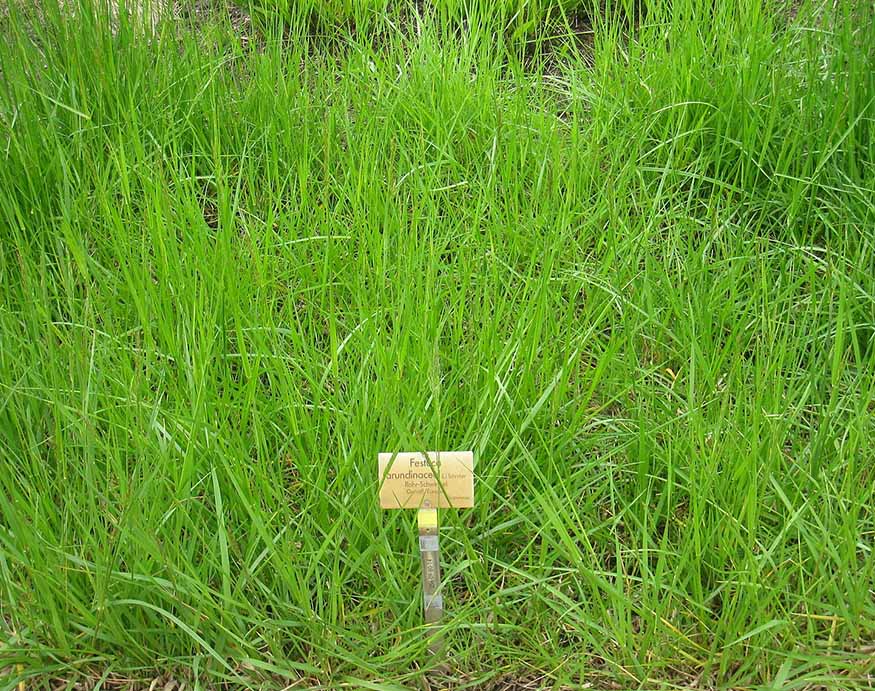
| Also Known As | Hard fescue, strong creeping red fescue, slender creeping red fescue, sheep fescue, chewings fescue; Festuca L. |
| Type of Grass | Cool season perennial |
| Optimal Zones | Northern zones |
| Root Structure | Medium |
| Winter hardiness | Excellent |
| Shade tolerance | Excellent |
| Water Requirements | Medium to High |
| Drought Tolerance | Excellent |
| Self Repair Capacity | Limited |
| Overall Maintenance Requirements | Low |
Why Fine Fescue Grows well in Kentucky
Fine fescue is a group of grass species that are narrow-leaved and fine-textured, making them ideal for low maintenance lawns in Kentucky. These species include creeping red fescue, Chewings fescue, hard fescue, and sheep fescue, and produce an attractive, uniform stand with a medium to dark-green color during cool weather.
Fine fescues tolerate low fertility, droughty soils, and shaded conditions, but are not well-suited for hot, humid conditions, poorly drained soils, high-traffic areas like athletic fields, or heavy nitrogen fertilization.
Fine fescue blends like Radar, Compass II, and Bolster are perfect for lawns with moderate to full shade, as their soft texture and bright forest-green color are ideal for beautification, water conservation, and erosion control. They require minimal water, making them a low-maintenance option for homeowners who want to spend less time maintaining their lawns.
However, fine fescue does have its limitations, as it has poor traffic tolerance, accumulates thatch when grown with high nitrogen fertilization, and goes semi-dormant in full sun areas during the summer.
Perennial Ryegrass
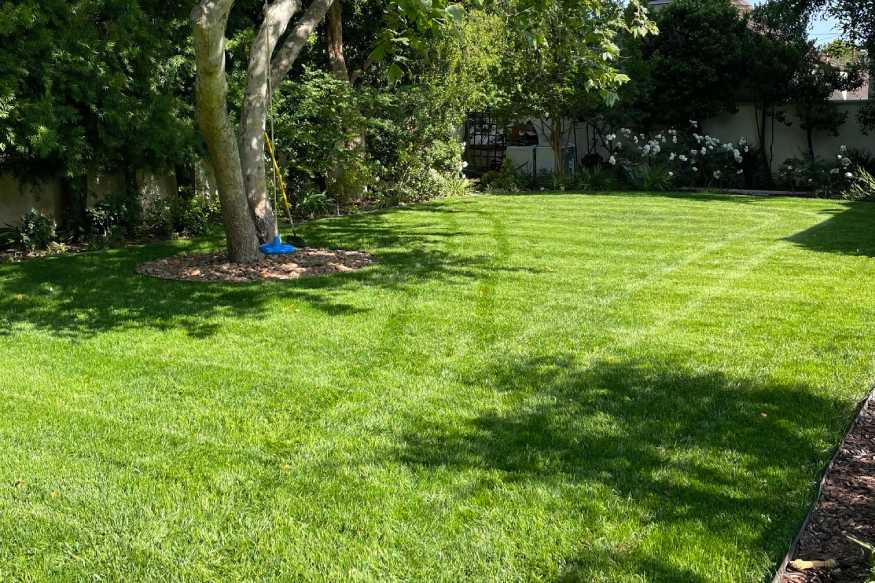
Why Perennial Ryegrass Is a Popular Grass seed Choice
Perennial ryegrass is a popular type of grass seed that is widely used for lawns, parks, and sports fields. It has a fine to medium texture and produces a bunch-type growth habit without forming rhizomes or stolons.
This species is wear and heat tolerant and germinates quickly, making it ideal for overseeding thin or damaged turf. It is moderately tolerant of shade and drought, but is susceptible to ice damage in low temperatures.
Perennial ryegrass is best suited for moderate to high-fertility and well-drained soils. It has excellent traffic tolerance and can be mowed low, making it a great option for high-use areas. However, it may be prone to diseases like summer brown patch, Pythium blight, and gray leaf spot. It also requires plenty of watering during extended heat spells.
Newer perennial ryegrass cultivars blend well with Kentucky bluegrass and fine fescues, and can provide quick cover to prevent soil erosion or for out-of-season seedings.
While it may not be recommended as a primary grass for a lawn due to issues with disease and poor persistence, it can be a dependable choice for first-time homeowners or those looking for quick germination and a filled-in lawn. Perennial ryegrass provides a bright green lawn that can handle foot traffic from sports fields, children, dogs, and more.
KY Climate And Growing Challenges For Lawns
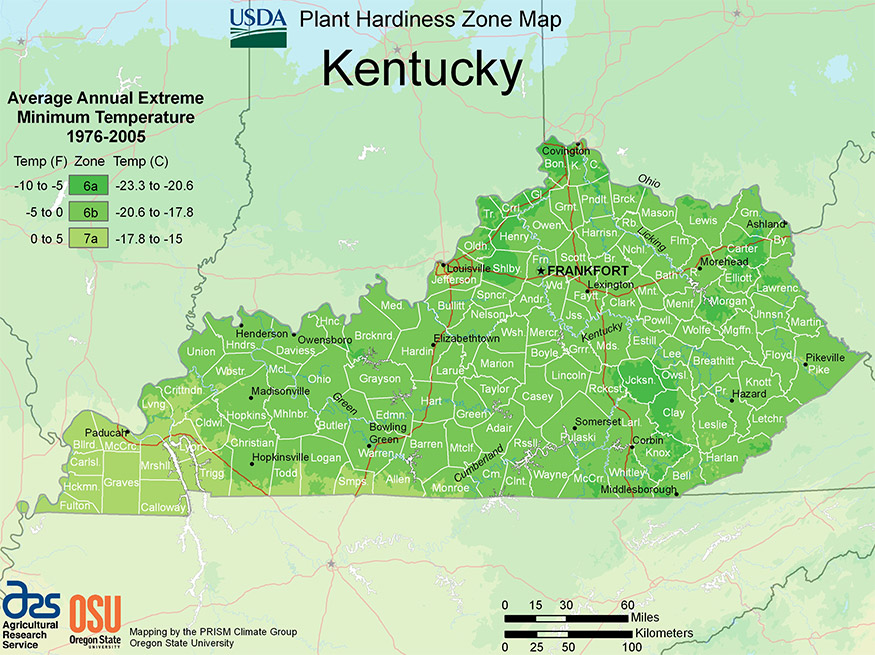
Kentucky’s climate is characterized by long hot summers and cold winters with moderate rainfall. The state experiences four distinct seasons, making it a challenging environment for growing lawns. Kentucky soils are also diverse, ranging from poorly drained clay to well-drained sandy loams. These different soil types pose different challenges for growing grass.
Challenges of Heat and Drought
Kentucky’s summers can be hot and dry, making it challenging for lawns to thrive. In these conditions, lawns can become brown and unsightly, requiring frequent watering. It’s essential to choose a grass type that is heat and drought tolerant, such as Kentucky bluegrass or fescue blends.
Soil Quality
The diversity of Kentucky’s soil types poses a challenge for growing healthy lawns. For example, clay soils hold water, leading to poor drainage, while sandy soils can dry out quickly, leading to drought stress. It’s important to understand the soil type in your area to choose the right grass type and implement proper soil management practices.
Weed and Pest Control
Kentucky lawns can be susceptible to weeds and pests such as crabgrass and grubs. A proper lawn care regimen, including fertilization and mowing, can help prevent weed and pest problems. If a problem persists, homeowners should consider professional pest and weed control services.
Overall, Kentucky’s climate and soil diversity pose challenges for growing healthy lawns. However, with proper grass selection and management practices, homeowners can achieve a healthy and attractive lawn.
Looking for the best grass seed for your region?
Our smart lawn plans are designed to work perfectly with your local soil and climate conditions, without any of the toxic stuff.
Use the code EHG20 for an instant $20 discount!
- Personalized lawn care: Custom lawn plans based on soil analysis, climate data, and your specific lawn needs.
- Convenience with a conscience: Products that are not only easy to use but also safe for you, your pets, and the planet.
- Science-backed formulas: Bio-based formulas contain effective, natural ingredients like seaweed, molasses, and iron.
- Expert support: Get one-on-one guidance from a real person and rest easy with Sunday's satisfaction guarantee.
Frequently Asked Questions
What are the best grass seed options for Kentucky lawns?
Kentucky bluegrass, fine fescue, and perennial ryegrass are all popular options for Kentucky lawns.
Which grass seed is best for high-traffic areas?
Kentucky bluegrass and perennial ryegrass are both excellent choices for high-traffic areas as they are wear-tolerant.
What type of grass seed is best for shady areas?
Fine fescue is the best option for lawns with plenty of shade.
What grass seed is most drought-tolerant?
Tall fescue is known for its drought tolerance and is a great option for Kentucky lawns that experience extended periods of heat and dryness.
How long does it take for grass seed to germinate in Kentucky?
Germination times vary depending on the type of seed, but typically range from 5-21 days.
How often should I water my newly seeded lawn in Kentucky?
During the first two weeks after seeding, the lawn should be watered lightly and frequently to keep the soil moist. After that, water deeply and infrequently, approximately once or twice a week depending on weather conditions.
Can I mix different types of grass seed together for my lawn in Kentucky?
Yes, mixing different types of grass seed together can create a more resilient and attractive lawn. However, be sure to choose types that are compatible with each other and have similar growing conditions.
When is the best time to plant grass seed in Kentucky?
The best time to plant grass seed in Kentucky is in the fall, typically between mid-August and mid-October.
